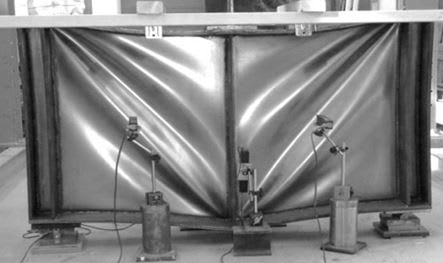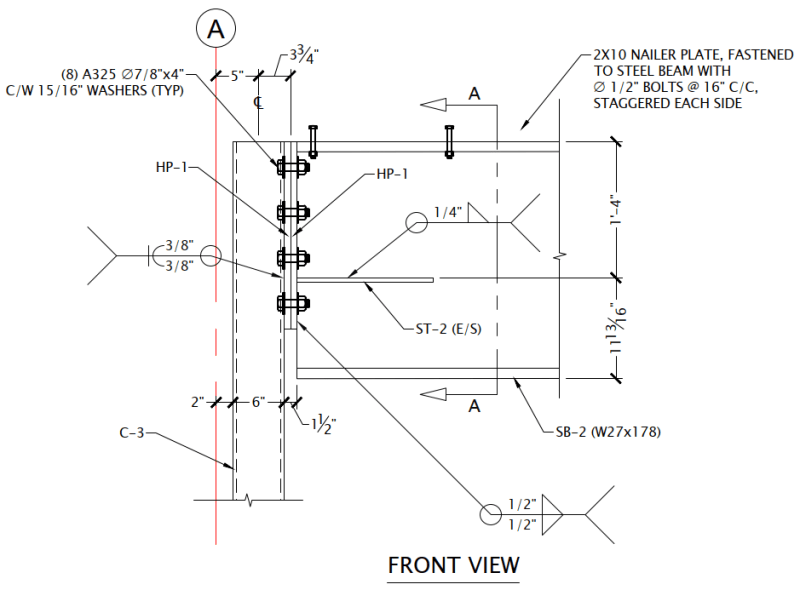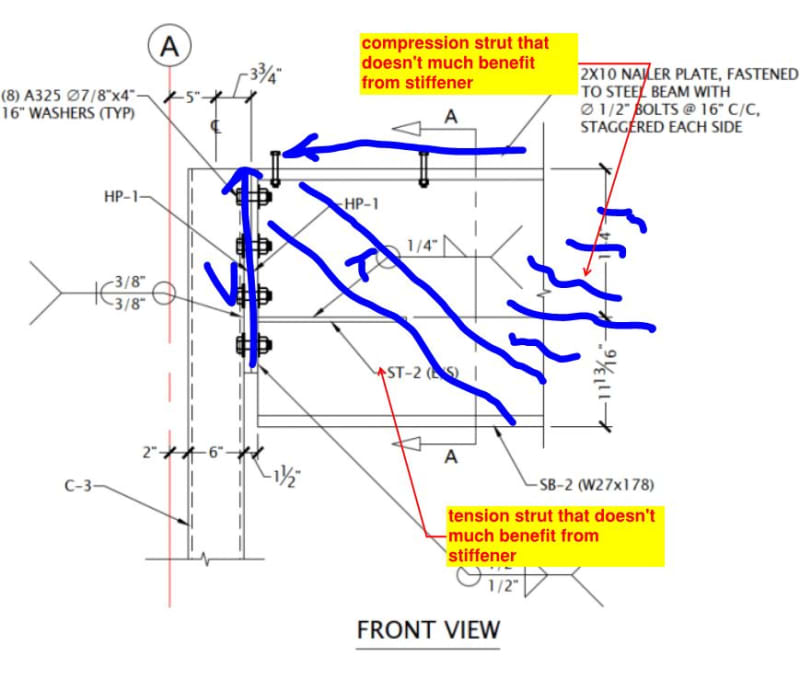I'm referencing CSA S16:14 and I'm seeing that for Cl. 13.4.1.1 if you have a stiffened web you have different requirements. Firstly, is it referring to transverse vertical stiffeners or a horizontal stiffener? I've seen horizontal stiffeners used for web buckling but I have not myself specified it.
Is there a CSA reference example that one of y'all may have that would go horizontal stiffeners?
Is there a CSA reference example that one of y'all may have that would go horizontal stiffeners?



